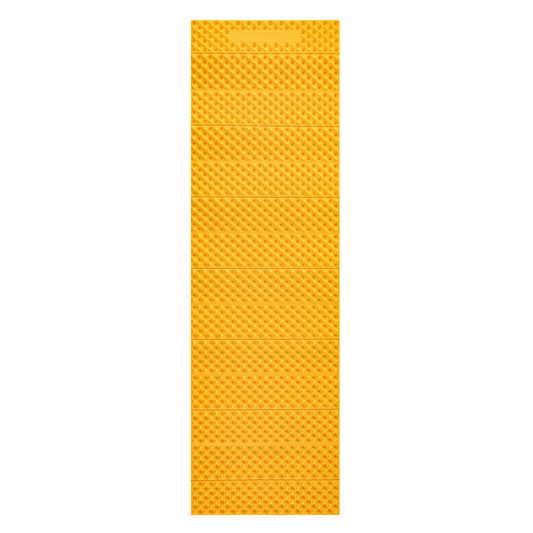What is Fill Power?
You’ve probably came across the term Fill Power at least once in your life. Whether it was shopping for a down quilt, jacket, or sleeping bag, the term Fill Power was probably displayed in the product description with numbers ranging in the hundreds. Have you ever wondered what that fill power number meant? Before we get ahead of ourselves, let’s talk about what down insulation is.
What is Down?

A common misconception is that down made of feathers. Down insulation is not made of feathers, but the duck or goose plumage found underneath the feathers. This lofty and fluffy material is one of nature’s best forms of insulation, loved for its superior warmth-to-weight ratio. Down’s ability to trap air and body heat is due to its loft clusters. The cluster’s micro filaments link together and traps the dead space in your down product.
When it comes to down products, both feathers and down are used for stuffing. Generally, with a ratio of consisting of more down to feathers(80/20 or 90/10).
Benefits of Down Insulation:
- Exceptional warmth-to-weight ratio
- Compresses Easily
- Durable
- Natural & Sustainable
Disadvantages of Down Insulation:
- Losses loft and insulation abilities when wet or damp
- Requires special cleaning treatment
- Expensive compared to synthetic insulation
- Possibly allergenic for some but rarely the case
What is Fill Power and How is it Determined?

(Photo: IDFL)
Fill power is the measurement of the down’s ability to loft and often used to determine down quality. The test is done by filling a cylinder with down and dropping a weighted disk in the tube. After about a minute, wherever the disk is positioned in the tube is recorded for the volume of down compressed. The fill power is measured by how much cubic inches the down resists from the test. A more resilient down will loft higher, resulting in a higher fill power and quality of down. A higher fill rating means less down fill is required to capture the same amount of height, resulting in a lighter, more compressible item.
Tip: When it comes to backpacking where weight and packability is a concern, consider choosing a product with a high fill power rating.
Down Fill Power & Warmth

Having a higher fill power doesn’t mean that it will be warmer. What you also need to consider is the amount of down that is put into the item. For example, a jacket with 120g of 450 fill power down will have the same insulation qualities but will weigh more than a jacket with 60g of 900 fill power down. Jackets, sleeping bags, and quilts stuffed with lower quality down are often less expensive than those with higher quality down; however, the tradeoff is packability and weight.
Tip: Use fill power and fill weight as an indicator of how insulated a jacket will be.
How to choose a down jacket

Unlike sleeping bags, in which ISO ratings are established for providing apples-to-apples comparisons to warmth, down jackets do not have temperature ratings of their own due to the many dependent factors.
Since everyone’s body reacts differently to the cold, accompanied by the layers they will be wearing underneath their down jacket, temperature ratings would be very subjective and can be misleading. Therefore, when choosing a jacket, one should determine warmth based on their environment, activity, and needs.
How to choose a down sleeping bag
With down sleeping bags, brands will often provide a temperature rating to give users a gauge on how well the bag can withstand to a range of temperatures often classified as comfort, limit, and extreme. These ratings can sometimes be a nuance, since comfort levels are different per individual.
Tip: If you’re finding temperatures to be colder than normal, you can always layer up or pair your sleeping bag with a liner. The liner can add up to 15 degrees F to your bag temperature.
More often than not, having a higher fill power sleeping bag is preferred for the ability to compress into a small size, allowing backpackers to free-up space in their pack for other acute pieces of gear.




